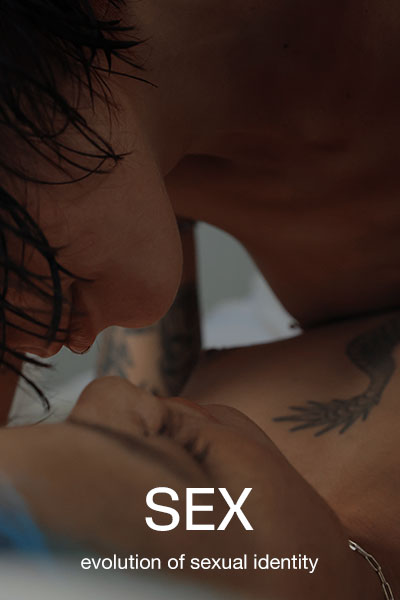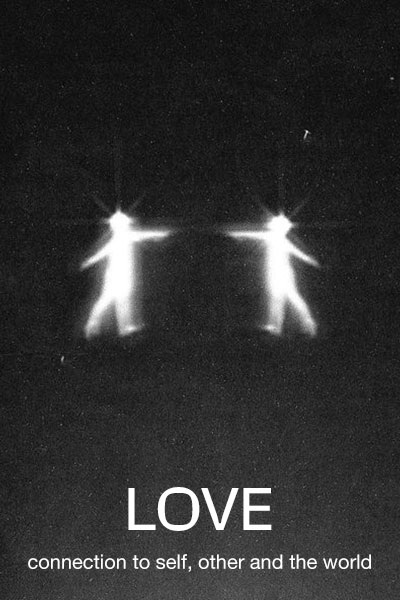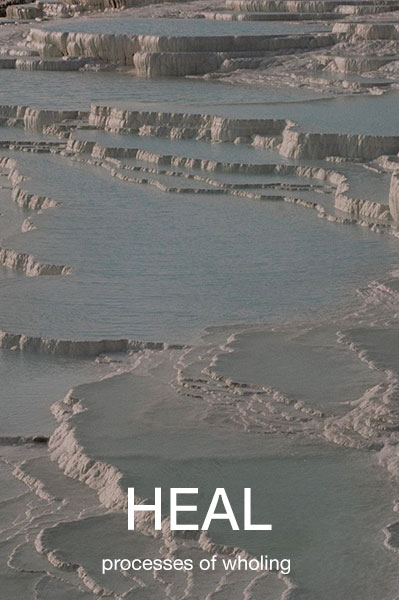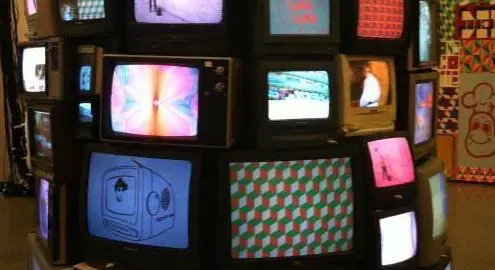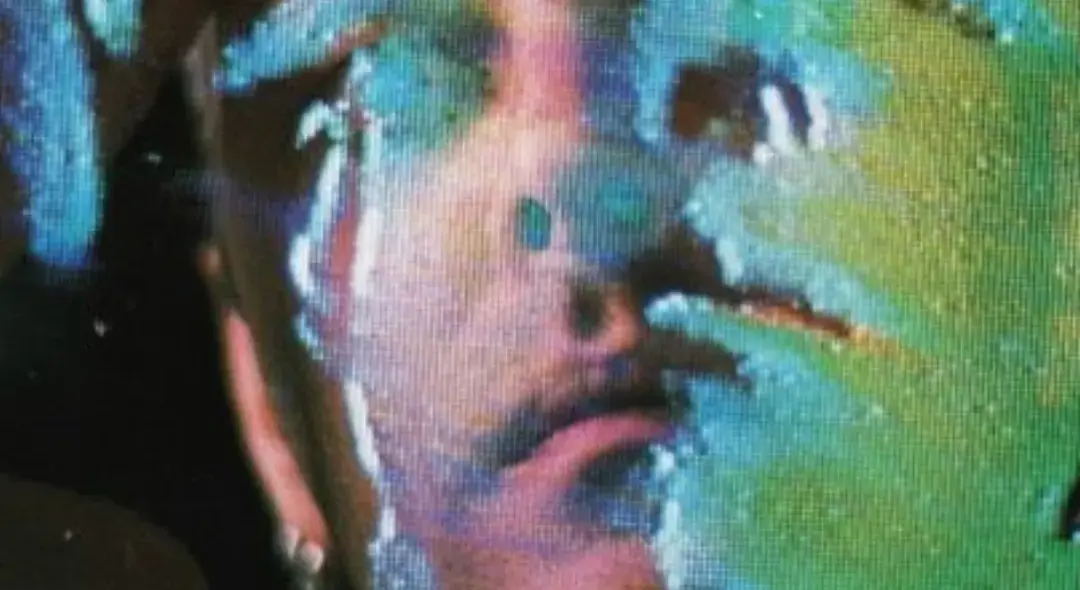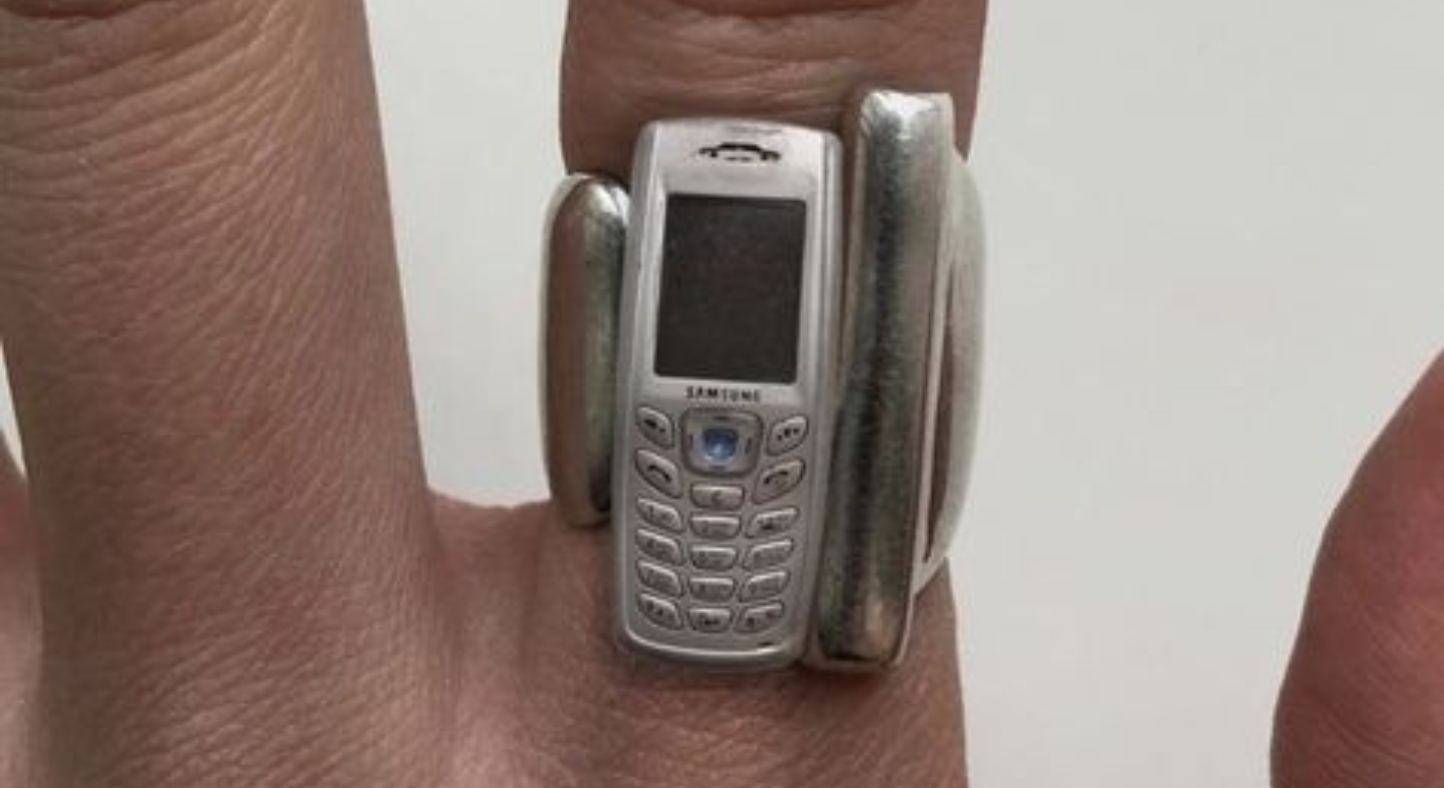THE FAILURE OF BLACK-AND-WHITE THINKING
HOW I BECAME FRIENDS WITH NUANCE
Life’s an interaction. Mine was a rave with an insufferable strobe light that split reality into alternate frames. Some frames were a blinding flash of hope – good, I thought, great even. The next: absence of light severing my connection to my surroundings – bad, or at the very least, scary.
Of course, if I lived in an actual rave I’d have life-affirming techno coursing through my body to guide me, and I’d be stuck somewhere in my childhood, 20-odd years ago when strobes were still a widely used form of party lighting.
In drawing these parallels I’m instead referring to the black-and-white absolutist lenses I used – and still sometimes use – to navigate life. An innocently maladapted way of separating right and wrong in the world by making definite judgements about the information that came in. In identifying right and wrong, yes and no, I could protect myself, and find comfort in absolute truths to avoid feeling all of my guiding emotions. A lingering structure from my childhood, except time had moved and it hadn’t budged.
The problem with assigning strict perceptions to features of life is that the living part is held captive beneath an ignorant, disconnected haze of survival. Because to feel alive, is to react authentically to reality, not to our minds.
There’s an indefinable, ever-unfolding nuance in the space between the black-and-white’s of what we label: in the space between our perception of things and their reality. This space is full of understanding and connection. If we can extend this to ourselves, others, situations, triggers, emotions and life itself, the essence of our inner being is free to interact, experience and play with the world it encounters.
It’s a nice idea. But a true implementation of this asks us to face a reality that we can no longer ascribe with comfortable labels; to stand with presence against a sometimes painful, sometimes pleasurable existence. As with most behaviour-change work, learning to live in this space is a practice, a relative tool, an axe that breaks the log. But there’s work to be done before the log becomes a house.
The Seesaw of Simplified Perception
My path here was initiated by a splintering conversation with my therapist where we broke down some of the situations I was seeing through black-and-white lenses i.e. someone I’d get teenage nerves around, the prison of my job, a traumatic scene from my past. The first time I was made privy to my own rigidity here, it was followed by a marked reluctance to letting my governing structure of reality crumble on an otherwise un-noteworthy Tuesday.
Much is said about the discomfort of therapy, but the consistency is a whole other stinger – and short-breathed I began to intuitively realise how black-and-white I perceived everything that provoked emotion; everything I wasn’t entirely neutral about.
Some people were alienatingly loveable, which would, in my mind, save a possibility of a future where I could be with them, where we’d escape the mundane. Then their unavailability might trigger an unworthiness that, instead of feeling, I projected as jealousy or bitterness.
*SeeSaw by Jamie xx starts playing abruptly*
Another situation involved a boss that I couldn’t relate to so I drew an absolute about them and cut off any chance of a connection. If I could stamp them with the label of ‘inherently cold’ then I had a reason to avoid them and stay within my comfortable borders.
Then the relativity of our environment went to work and diffused this perspective into my perception of every weekday, every thought of the place I spent a third of my life at. And soon snowballed into an inability to connect to the magic of the morning sun as it caressed the glass on the skyscrapers I hustled past on high street.
Not even I could spare myself the judgement of this mindset. A lingering loneliness became a reflection of me, and of my garnered inability to acquire love and friendship. Validation then had to be my portal to belonging when self-connection lost the war to self-judgement.
Viewing yourself in black-and-white – being the object of your own love one day, and the cause of shame another – robs you of your humanity, restricts you from understanding the different parts of you and blinds you to the beauty of being a complex human.
This binary thinking was the protection from having to feel the honesty of the mundane, the jealousy and unworthiness, the discomfort of interacting with a superior, and the stark loneliness of a new city.
As long as I could label everything at the ends of the scale, I didn’t have to face everything in between, and I was okay with that. Each was an impressive way of escaping a different part of reality and by placing causality on external powers, I was relieved of facing myself – a psych pro might call that textbook avoidance.
Ditch the idea of needing a truth
Empathy is a symptom of really seeing another. Doing a little analysis about them – their lives, their history, their behaviours – aligns you to a more accurate picture of what might be going on in their world, and at the very least softens the rigidity in what they are to you. You see their complexity, and how it’s made of different attributes, different magnitudes, different shades to yours, and yet, lit with the same light, the same types of spikes, dips, colours, trailing lines, tears and joy.
Situations, words, or people that triggered me were all so much more complex than I’d ever bothered to discover, with their origins born from the same inexplicable matter as the universe itself.
This opened a door to a meeting ground between right and wrong and good and bad: the grey. But also every colour that lives between black and white. The nuances in reality – people, jobs, discussions, cities, decisions, goals, and even the emotions around these features themselves.
I realised that any ideas I had about parts of reality existed on a scale towards truth, but were never quite there, and that maybe I don’t actually need to have a truth about it all. Maybe it’s more fun not to know.
To stay in the middle, ______ has to be acknowledged
By definition, some things in life are at the extremes. After all, something has to position the boundaries of experience. But even these can be afforded room to breathe and change. Rock might be hard, but boulders eventually turn into sand.
Everything else lives somewhere in the grey. Just as time shifts your meaning of a song years later, so too there is a gorgeous playfulness in every conversation available from crowning the perspective that allows you to see it.
Have you ever labelled a common part of your behaviour as firmly cringe? The part of our brain that labels is missing key information about a) why you said what you said and b) what need you were trying to meet. Exploring these two factors can disarm the shame and make it a much more understandable, easy-to-accept part of you – another part awaiting you to call it back into the whole of you. Blind labelling is antonymous with understanding.
We already know nuances about a lot of things and people that we understand deeply. These are the ones we’ve lived adjacent to, seen the complexities in how they operate – our parents, siblings, lovers – and through our understanding, we find there can be no pedestal built here. We see equality. This is a powerful starting point for extending nuance to unfamiliar situations, ideas, people, and feelings that are overwhelming; triggers, anxieties, emotions, judgements, and to ultimately begin thinking between definites.
Letting in the grey by realising that I didn’t have a full picture, provoked emotions I’d been avoiding. It revealed a field of painful triggers that led me to behave in ways that cut me off from life where the womb of most of these triggers, for me, was fear about a loss of control and comfort.
Initially, the world felt like a beast, and without boxes, it was incomprehensible and impregnable. But labelling the world as a beast was another attempt at boxing things up, because there is, again, an indefinable nuance to the world itself. And perpetuating this fear by splitting the perceived bad from the good, only perpetuated this illusion of the world – to consider it a beast means that I wasn’t paying attention to its complexity.
Building a mindset that lives in the unknown is like a valve that slides to the middle and releases the flow of fear. To keep it open and to stay in the middle, fear has to be acknowledged.
What I learned is that you can find the nuance in this fear too. Fear is a star for protecting us, but it’s not a quick learner. It doesn’t know we’re well capable of interacting with life in the ways we want to. So finding this complexity flicks the switch on a powerfully simple perspective change, allowing safer passage for fear through your body, whilst you hold the present experience with the exact same nuanced awareness.
The space between the absolute
Here loneliness becomes a momentary feeling, a message from my needs, not a discolouring of my self-image. A harsh boss becomes someone trying to do their best with the only means and mechanisms they’d built.
Unburdened by my concrete perception of them, others’ humanity is free to flow in the space between us. And from this deeper, intuitive understanding of another, true compassion is freed and primal connection can follow.
Perceiving nuances, and understanding reality closer to what it is, demystifies people and problems as a privilege that’s also extended to yourself. Realising the humanity in another and in yourself casts a sameness and inherent equality over the collective experience and of what it means to exist.
It becomes a task to project envy onto someone’s achievements when you consider the complexities in their path are made up of the same fibres as yours, and the complexities of your life are the colours on your palette, the flavours of your dish. Envy might be present, but it’s yours, not theirs. When it’s yours, it guides only you.
Building up our appreciation for the intricacies of what we experienced gives room for our inner being to become the interface that feels our way through the world, rather than our egoic mind. Allowing our feelings to flow into and flavour our experience, removing the judgements of what they mean and our identification with them, is a facilitating factor for this connection too, but coming from a history of rigid perspective, the two are inseparable.
Sorry in advance, but this practice of living between absolutes has its own nuance too. Sometimes I can’t be bothered, and many other times I don’t physically have the energy to process what’s underneath, warranting a little freak-out. But practising helps solidify it into a default rhythm where we can start to see everything with a history and causality, and in the moments that follow, I realise there’s nothing external to battle.
Here you might again find yourself back at the rave more often, but now the strobe light has been tossed and the music comes from your essence experiencing a world untarnished by expectation. Life is an interaction and maybe it’s only ever been us who get to choose whether that’s a gunfight or a waltz with an old friend.






